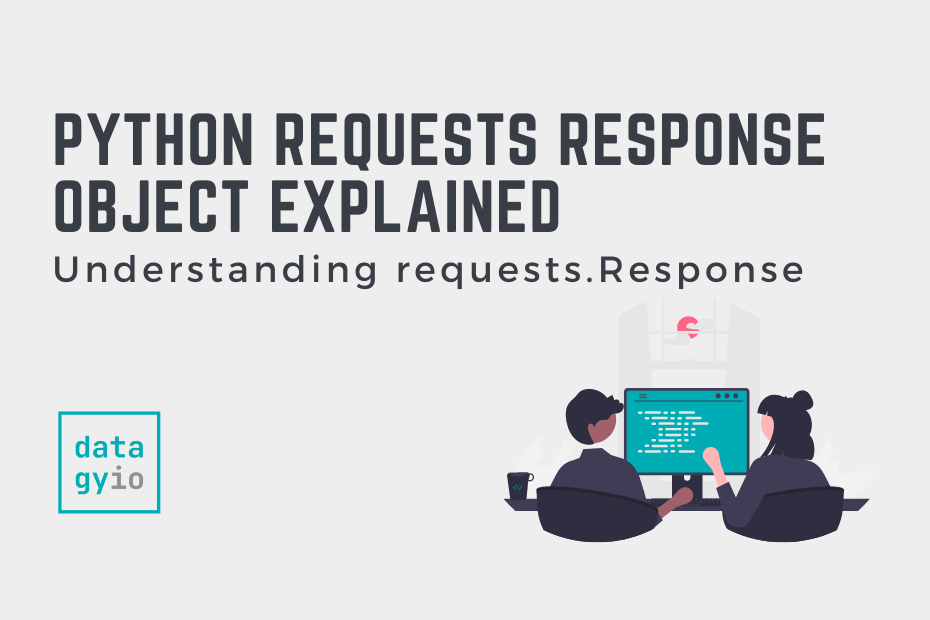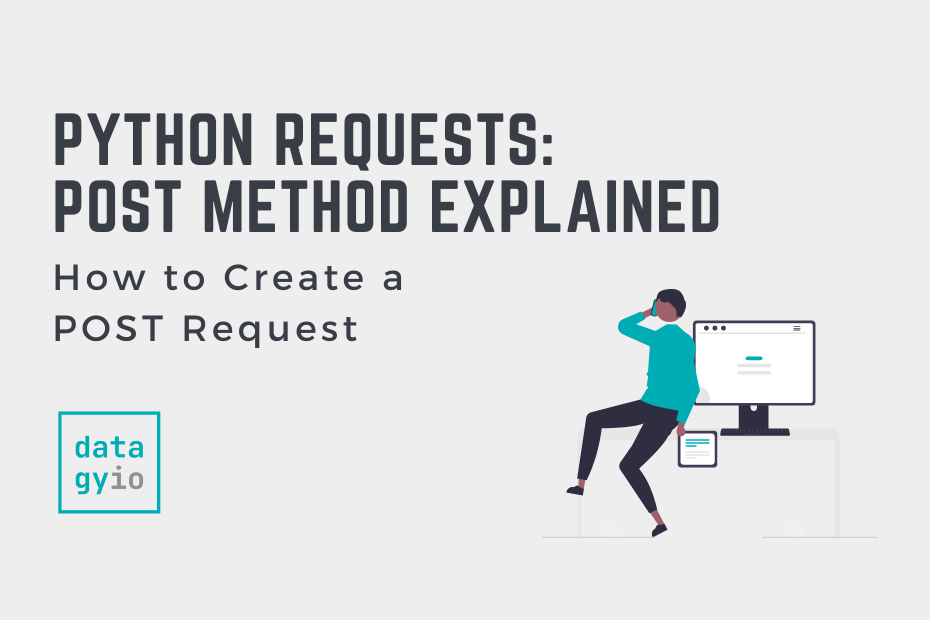Using Headers with Python requests
In this tutorial, you’ll learn how to use custom headers with the Python requests library. HTTP headers allow you to send additional information to a server and allow the server to provide additional information back to you. Being able to












